Climate change is here now and mitigating its effects will require huge changes in how we live, what we value, and how we think. I feel quite helpless at times. And that feeling of helplessness can lead to hopelessness and a lack of action.
But each of us can make small changes in how we think, how we live, and what we consume or don’t consume. On their own these tiny actions may seem too small to matter. But small changes add up and they change consciousness. So I’ve decided to write a weekly post on little ways we each make a difference. I’m calling these posts…
Mending the World
because each small action is like making a stitch in a torn garment. Alone the stitch makes little difference. But as we add stitch after stitch we can mend that torn garment. Each of the actions I suggest will be things that I am doing in my own life, things that I’ve tried and continue to do because they work for me. I am hoping that some of them will work for you too. And I also hope that having weekly gentle reminders will help begin to change the way we all think.
“Because, underneath all of this is the real truth we have been avoiding: climate change isn’t an “issue” to add to the list of things to worry about, next to health care and taxes. It is a civilizational wake-up call. A powerful message—spoken in the language of fires, floods, droughts, and extinctions—telling us that we need an entirely new economic model and a new way of sharing this planet. Telling us that we need to evolve.”
―
I don’t know about you, but when I’m confronted with a huge laundry list of changes to make, it overwhelms me. But when I take in the same information bit by bit I find I can apply it in my own life. Perhaps we can evolve together into a species that feels connected to everything in nature and lives in harmony with the earth.
So here’s my first little stitch in the mend…
When I was a child my mother kept a rag-bag, filled with torn up old clothing. We didn’t buy paper towels or sponges or other disposable cleaning tools. When something needed to be cleaned we went to the rag-bag, and pulled out a clean rag to use. Then we washed the used rag in the laundry, dried it on our outdoor clothesline, and reused it again and again. We threw away rags only when they were so soiled and tattered that they were no longer useful.
A few years ago I decided to resurrect “the rag-bag.” When my t-shirts and cotton nightshirts began to fray and fall apart I didn’t throw them away. I tore them into small rags which I then stored in a basket next to the sink in my kitchen. Now, when I spill something or need to make a quick cleanup I grab one of these small rags and wipe up the spill.
I keep a second basket for soiled rags and when the basket is full, I launder them and then fold them up and put them back in the basket beside the sink for another use on another spill. I’ve been doing this for many years now and I’ve even got my husband using the cleanup rags some of the time
This cuts down on using paper towels which come from trees my friends. And we need as many trees as we can to breathe in carbon dioxide and breathe out oxygen.
When I look at what I am writing today I am tempted to stop before I even begin. This seems like such a small thing, suggesting that you tear up old t-shirts to re-use as cleanup rags.
And other suggestions that I make in the future will be just as small.
But what else can we do?
Sit back and do nothing? Wait for someone else to act?
It’s in our hands my friends.
All of us created this mess. Now it is time to clean it up — one tiny step at a time.
I leave you today with this quote…
“I don’t presume to grasp Aboriginal knowledge fully. It comes from a way of knowing the earth—an epistemology—different from that of my own culture. It speaks of being attuned to the blooming of the bitterroot, the running of the salmon, the cycles of the moon. Of knowing that we are tied to the land—the trees and animals and soil and water—and to one another, and that we have a responsibility to care for these connections and resources, ensuring the sustainability of these ecosystems for future generations and to honor those who came before. Of treading lightly, taking only what gifts we need, and giving back. Of showing humility toward and tolerance for all we are connected to in this circle of life. But what my years in the forestry profession have also shown me is that too many decision-makers dismiss this way of viewing nature and rely only on select parts of science. The impact has become too devastating to ignore. We can compare the condition of the land where it has been torn apart, each resource treated in isolation from the rest, to where it has been cared for according to the Secwepemc principal of k̓wseltktnews (translated as “we are all related”) or the Salish concept of nə́c̓aʔmat ct (“we are one”). We must heed the answers we’re being given.”
― Finding the Mother Tree: Discovering the Wisdom of the Forest
May you walk in beauty.
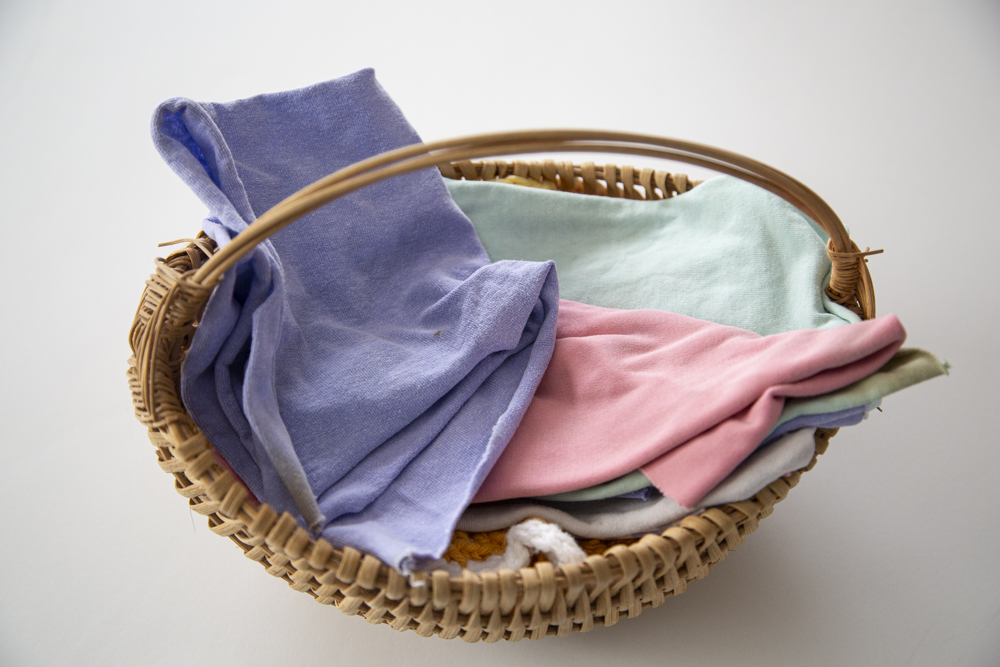
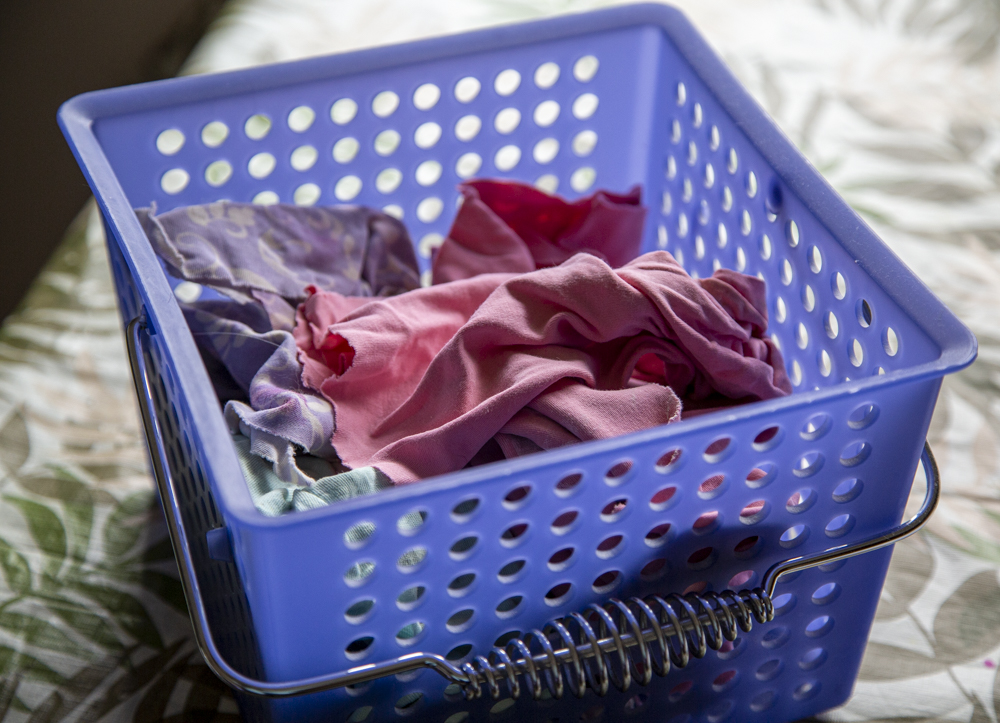
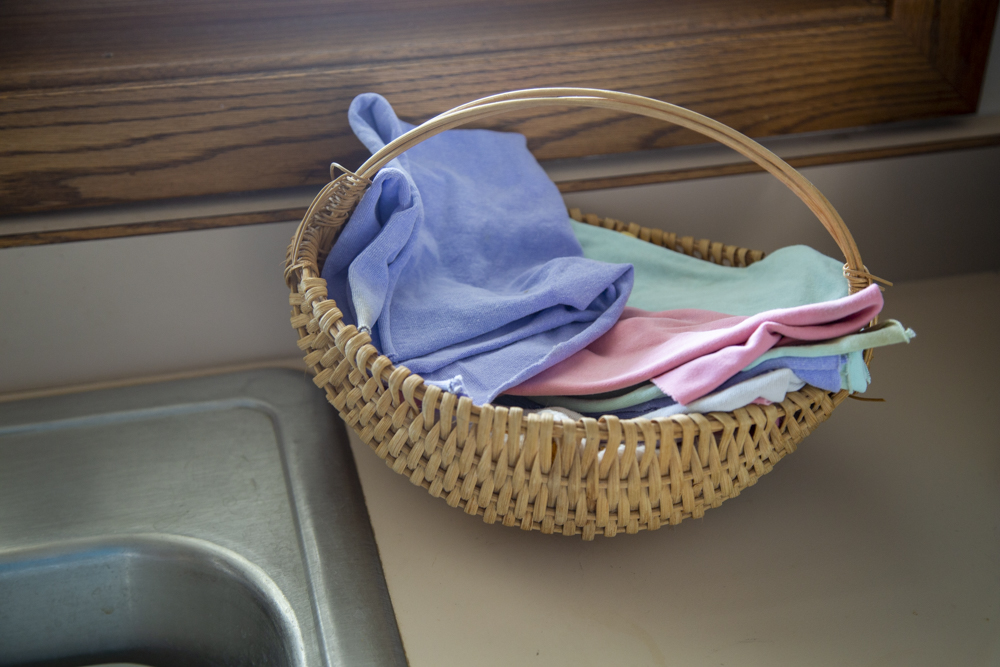
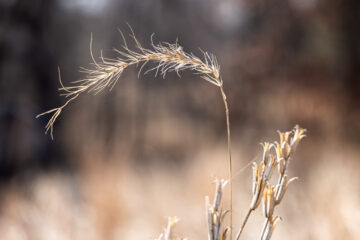
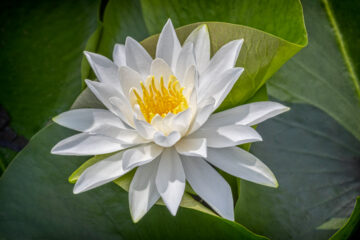

0 Comments